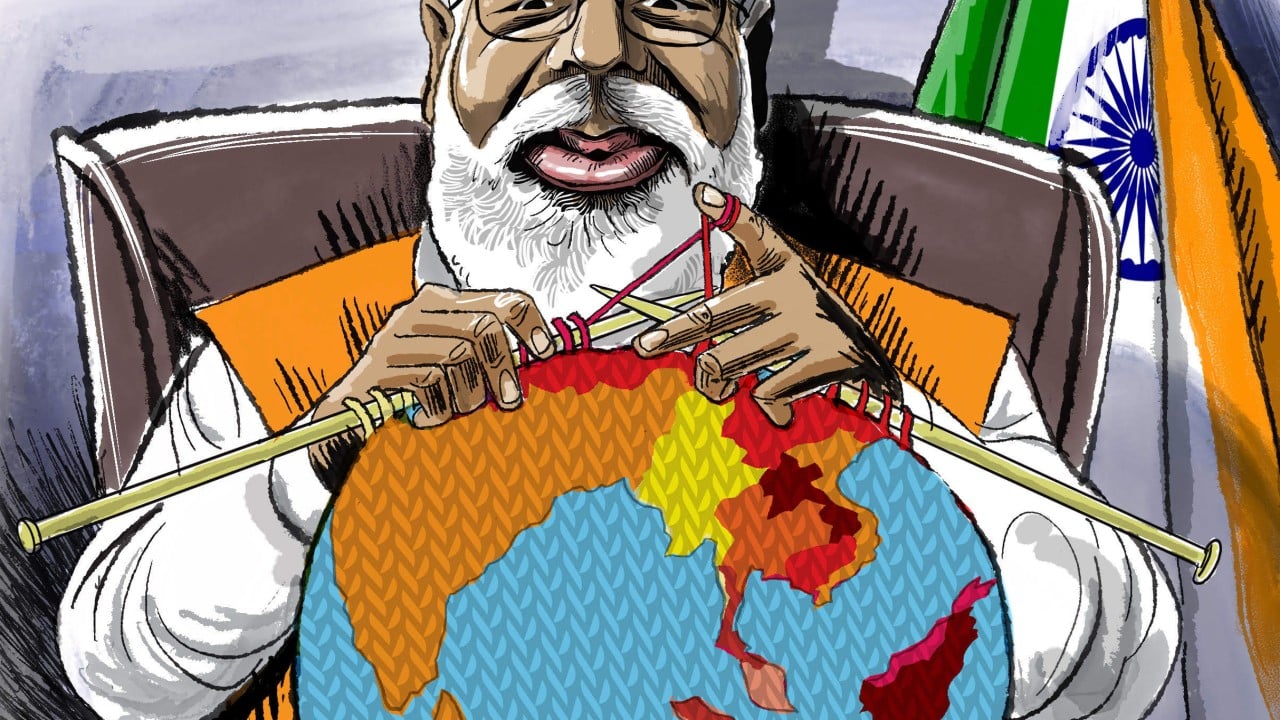As the global order fragments, India’s foreign policy orientation has become a question of consequence far beyond South Asia. For three decades, “Look East” has been New Delhi’s mantra, positioning itself as an emerging player in the broader region.
Advertisement
The strategy has included engaging the Association of Southeast Asian Nations, deepening India’s presence in Asia-Pacific institutions and eventually leaning into the “Indo-Pacific” frameworks shaped by the United States, Japan and Australia. It meant balancing China’s rise, signalling alignment with the US and its allies and keeping India’s seat at the table where rules and norms are shaped.
The logic was clear. The Asia-Pacific region remains the engine of global growth. Meanwhile, security dialogues from the Quadrilateral Security Dialogue and the Indo-Pacific Economic Framework offer India prestige and influence. Looking eastward has positioned India as a counterweight to China and a major player in the region’s future order, offering comfort to its Western partners.
Yet the sheen of this strategy has worn thin. In the past few months, the Trump administration sent a sharp reminder to Indian policymakers just how fragile any tilt not endorsed by Washington can be.
Trump has hailed Indian Prime Minister Narendra Modi as a “true friend,” only to turn around and slap a blunt 50 per cent tariff on Indian exports this summer, citing New Delhi’s continued purchases of Russian oil. Last month, Trump lamented that the US had “lost India and Russia to deepest, darkest, China” and praised Modi as a “great prime minister” in the same week. For India, the whiplash was sobering.
Advertisement
Indo-Pacific allegiances may offer prestige, but their rewards are uncertain, held hostage to the volatility of US politics and the unpredictability of great power rivalry. Modi’s brief clasp of hands with Russian President Vladimir Putin and Chinese President Xi Jinping at a recent summit in Tianjin was less a declaration of allegiance than a carefully calibrated signal. India would never lean so far eastward that it could not pivot west if circumstances demanded.

